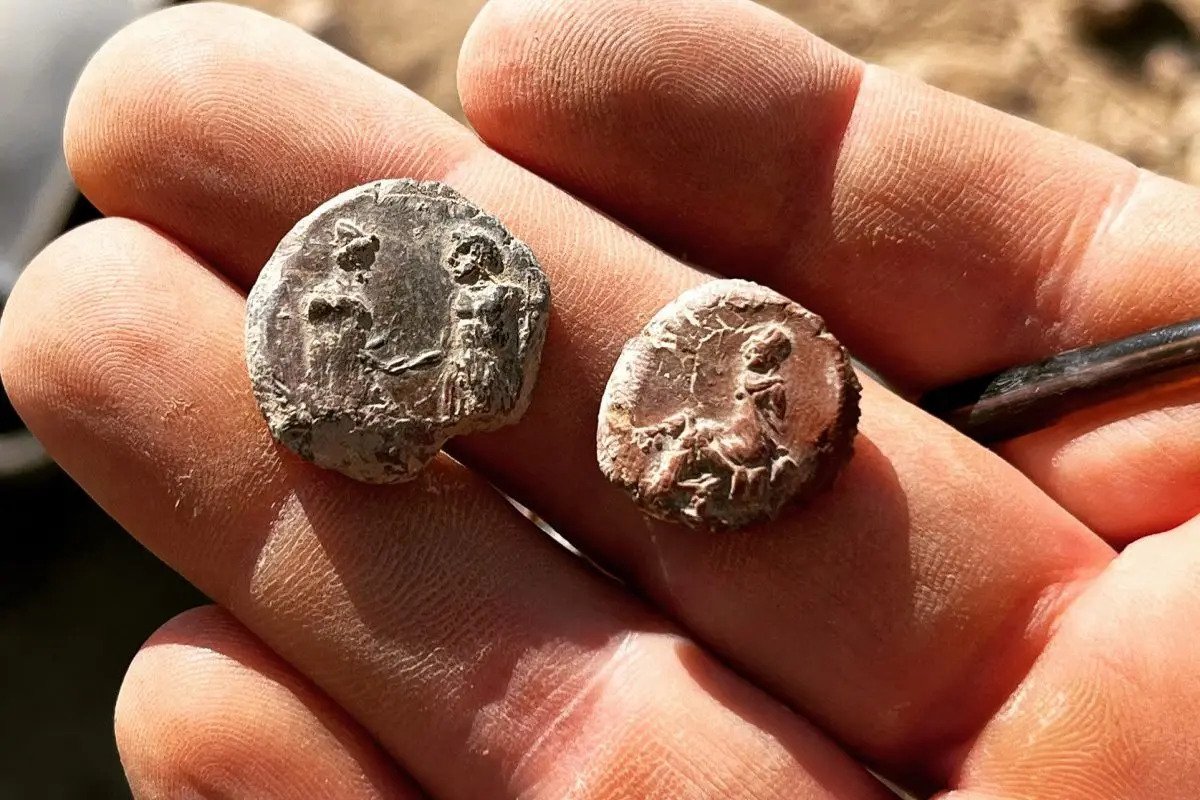
Archaeologists from the Asia Minor Research Center have made a new discovery in ancient Doliche. They found more than two thousand seal impressions during recent excavations.
Doliche (Greek:Δολίχη) was an ancient Greek city founded in the second century BC and is located in the present-day province of Gaziantep, Turkey. In the past, it belonged to the ancient region of Cyrrhestica (Greek: Κυρρηστική), part of Alexander the Great’s Greek-Macedonian kingdom. It was incorporated into the Roman Empire in AD 72.
Earlier digs in Doliche revealed the remains of a Mithraic temple, rock-cut graves, and a stele featuring an unknown Iron Age deity, according to Heritage Daily.
More than 2,000 seal impressions uncovered
In a recent study, the Asia Minor Research Center uncovered more than two thousand seal impressions used to seal documents in the city’s municipal archive. These impressions are essentially stamped clay lumps, ranging from five millimeters to two centimeters in size.
Professor Michael Blömer from the University of Münster explains that the images on the official city seals directly relate to urban life. Typically, they depict essential deities like Zeus (Roman Jupiter) Dolichenus, the city’s primary god, according to Blömer.
[ARCHAEOLOGISTS UNCOVER OVER 2,000 SEAL IMPRESSIONS IN ANCIENT DOLICHE]
Image Credits: Asia Minor Research Centre
A team of archaeologists from the Asia Minor Research Centre have uncovered over 2,000 seal impressions in ancient Doliche.
Doliche was founded as a Hellenistic… pic.twitter.com/lO8EYyX82V
— Orero Creations (@OreroCreations) November 17, 2023
From the mid-second to mid-third century AD, Jupiter Dolichenus gained popularity among the Roman military. Numerous religious structures dedicated to him marked him as the “deity of the Commagenians.”
Smaller, private seals display a variety of images and symbols, revealing the significant role of religion in the lives of the people of Doliche.
Professor Blömer remarked that the gods portrayed on the seals offer insight into people’s religious world. Mythical figures or unique personal portraits indicate a strong Greco-Roman influence.
The well-preserved seal impressions and their motifs also provide valuable information about the administrative practices of ancient times, as reported by Heritage Daily.
Seals in ancient Doliche found in limestone blocks foundation
The seals were discovered in the sturdy lower foundations of an archive building constructed from solid limestone blocks. The building has been confirmed to be eight meters wide and twenty-five meters long.
The width of the walls indicates the building was multi-story. An international research team revealed sections of the building over an eight-week period last summer, as reported by the University of Münster. Although each Roman city had specific archives for storing contracts, only a handful of archive structures from the Roman Empire have been recognized so far.
As researchers have explained, actual archive documents were lost in a significant fire, likely around AD 253, when the Persian king, Šāpūr I, laid waste to numerous cities in the Roman province of Syria.
Experts plan to investigate the evolution of the area around 300 BC. They aim to explore the city, established in the first century BC, which later became a regional center during Roman rule.
The focus of the study is on understanding the daily lives of the people who inhabited the city amid shifting political and cultural circumstances, according to the University of Münster.
See all the latest news from Greece and the world at Greekreporter.com. Contact our newsroom to report an update or send your story, photos and videos. Follow GR on Google News and subscribe here to our daily email!



